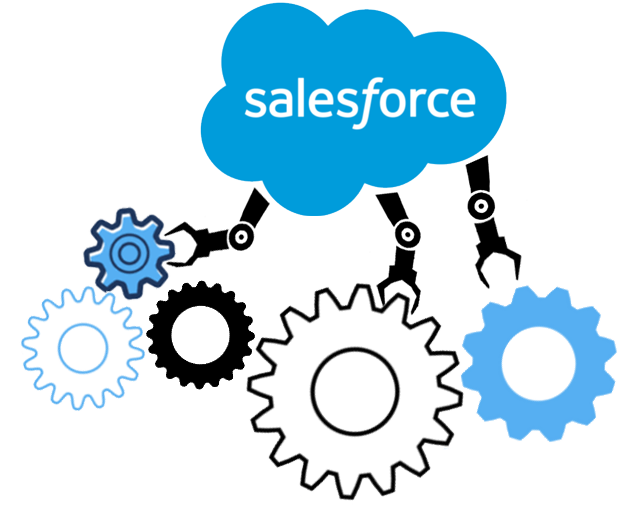The Salesforce Winter 23 release is now generally available. This means that all of the new features and functionality announced at the recent Salesforce World Tour event are now live and available for customers to use in their orgs. In this blog post, we’ll take a look at some of the key highlights from the release.
Flow Updates:
One of the most exciting things in the Salesforce Winter 23 release is the addition of numerous enhancements to Flow. These include:
The ability to create flows directly from Process Builder – Previously, users had to first create a Flow, and then add it as an action to a Process Builder process. Now, users can simply click “Create Flow” when creating or editing a Process Builder process, and a Flow will be automatically generated that includes all of the required fields and actions.
The ability to add filtering criteria to Flows – Users can now specify conditions that must be met in order for a Flow to be triggered. This is especially useful for Flows that are triggered by Process Builder processes, as it allows for more control over when the Flow is executed.
The ability to use Flow variables in Apex code – This enables developers to write Apex code that interacts with Flow variables, making it possible to dynamically populate fields or perform other actions based on the data stored in those variables.
In the Salesforce Winter 23 release, there are lots of great new features and improvements for Flow. In this blog post, we’ll cover some of the highlights.
- One of the most exciting new features is the ability to use Flow Builder to create flows that can be triggered by Process Builder. This opens up a whole new world of possibilities for automation and efficiency in your org!
- Another great improvement is the addition of Apex code actions to Flow. This means that you can now call Apex from within a Flow, making it even more powerful and flexible.
- Finally, there are several smaller enhancements, including improved support for bulkification, better error handling, and easier ways to manage and monitor your flows.
Salesforce has released a new update for their winter ’23 release, and there are some great new features for Flows! Here’s a quick rundown of what’s new:
- The ability to reference variables in Salesforce from a Flow
- New “Get Records” and “Create Record” elements specifically for use with Flows
- More options for controlling record creation, including the ability to set default values and control sharing settings
- A new “Assign a Task” element for creating tasks directly from a Flow
- Various enhancements to the existing “Screen” element, including the ability to specify a custom URL and add help text to fields
As always, these new features are just the tip of the iceberg – be sure to check out the release notes for more information on all of the new additions and changes in this latest release. And if you’re looking for more information on using Flows in your org, be sure to check out our previous blog post on the topic.
FAQs:
Q: What is the Salesforce Winter 23 release?
A: The Salesforce Winter 23 release is the latest update from Salesforce, and includes numerous new features and enhancements.
Q: What’s new in the Salesforce Winter 23 release?
A: One of the most exciting things in the Salesforce Winter 23 release is the addition of numerous enhancements to Flow. These include the ability to create Flows directly from Process Builder, add filtering criteria to Flows, and use Flow variables in Apex code. For more information on these and other Flow updates in the Salesforce Winter 23 release, check out the full release notes.
Conclusion:
The Salesforce Winter 23 release is a great update that includes numerous new features and enhancements for Flow. These include the ability to create Flows directly from Process Builder, add filtering criteria to Flows, and use Flow variables in Apex code. For more information on these and other Flow updates in the Salesforce Winter 23 release, check out the full release notes. If you’re looking for more information on using Flow in your org, be sure to check out our previous blog post on the topic. Thanks for reading!
